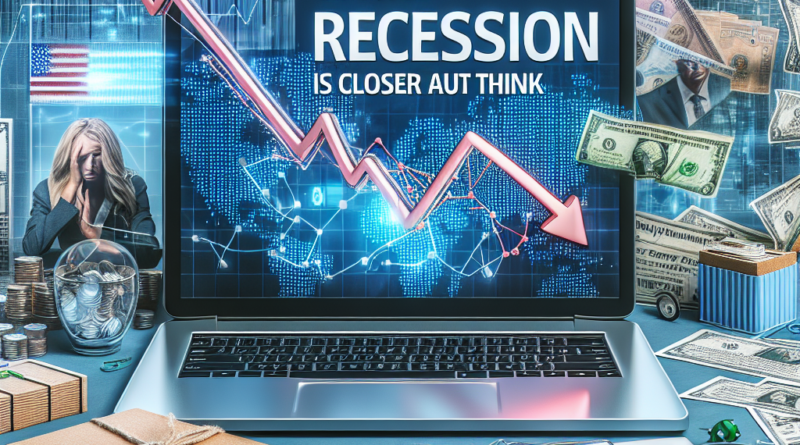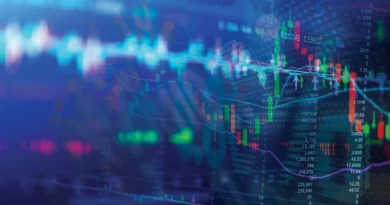Why a US Recession is Closer Than You Think
“`html
U.S.
Economy: Underlying Concerns Amidst Resilience
In recent months, the resilience of the U.S.
economy and stock market has been notable.
However, a closer examination of certain economic indicators reveals worrisome signs that suggest a recession might be closer than many realize.
Elevated market valuations, rising unemployment, a growing debt-to-GDP ratio, and a yield curve inversion are all markers indicating that an economic contraction could loom.
What Are the Major Concerns?
A significant red flag is the rise in the unemployment rate across the United States.
According to the July 2024 report from the Bureau of Labor Statistics (BLS), the unemployment rate has jumped to 4.3%.
This sharp increase has triggered the so-called “Sahm Rule,” which utilizes rising unemployment as an early warning signal of a potential recession.
If the employment report for August, due on September 6, confirms this trend, it would serve as further evidence of an impending economic downturn.
The market remains cautious about a new recession.
Despite stock prices beginning to climb again, a lingering concern for bullish traders is the persistent inversion of the U.S.
Treasury yield curve, where short-term risks continue to outweigh long-term ones.
Such prolonged inversions have historically signaled trouble, the last being in 1929, right before the Great Depression.
Rising Debt-to-GDP Ratio: A Growing Concern
Another alarming aspect is the country’s debt-to-GDP ratio, which has reached all-time highs.
Many experts believe that the current level of debt may already be unsustainable in the long term without significant intervention.
These extraordinary measures are unlikely to positively influence a nation’s economy, potentially further catalyzing economic slowdowns.
Moreover, should extraordinary interventions not be implemented, a contraction in GDP would only exacerbate the debt problem.
With interest rates at their peak over the last decade, the cost of servicing this debt could become untenable, leading to a crisis with severe global economic repercussions.
Stock Market Outlook: An Overextended American Market?
The U.S.
stock market, particularly the S&P 500, is currently trading at approximately 35 times future earnings.
This high price-to-earnings (P/E) ratio reflects elevated growth expectations but simultaneously poses potential vulnerabilities.
Historically, such high levels have correlated with market corrections when expectations are unmet.
Therefore, the risk of a mass profit-taking scenario, where investors offload their stocks to cash in on accumulated gains, could trigger a significant decline in stock prices.
“`




